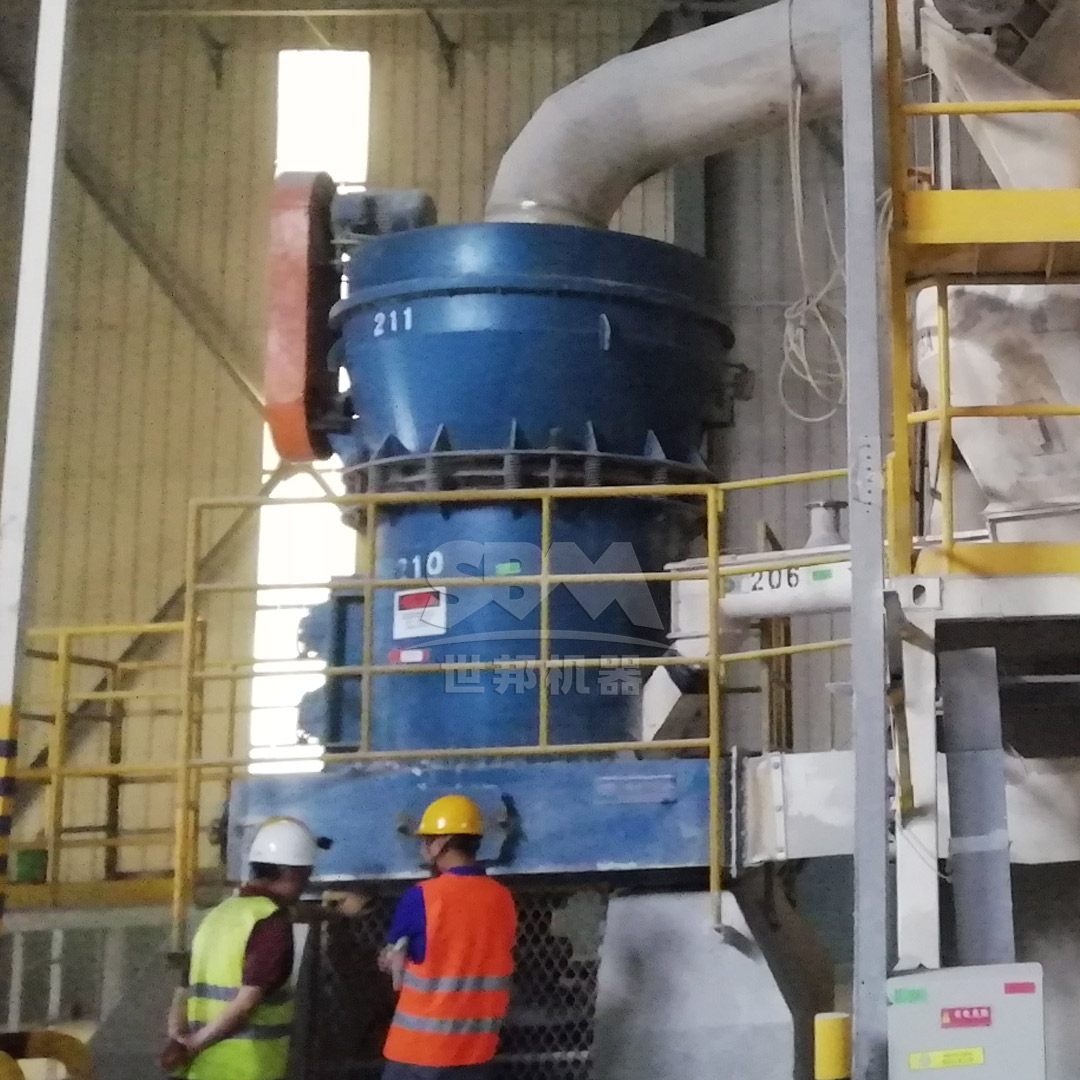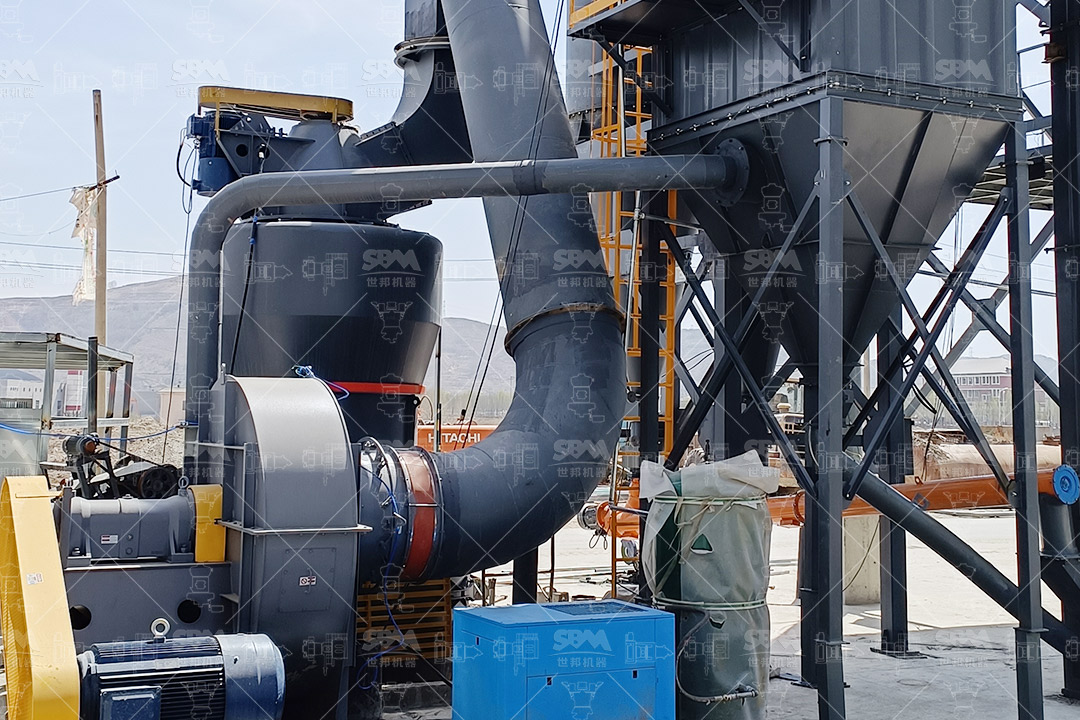The limestone grinding industry has undergone significant technological evolution in recent decades, with roller mills emerging as the preferred solution for energy-efficient comminution. As global energy costs continue to rise and environmental regulations become increasingly stringent, the selection of appropriate grinding equipment has become critical for operational sustainability. This article examines the energy efficiency benefits of 21 different roller mill configurations in limestone grinding applications, with particular focus on technological innovations that reduce power consumption while maintaining product quality.

Roller mills operate on the principle of compressive grinding, where material is subjected to high pressure between rotating grinding elements. Unlike traditional ball mills that rely on impact and attrition, roller mills utilize a bed compression mechanism that significantly reduces energy waste. The fundamental advantage lies in the direct transfer of energy to the material being ground, minimizing losses to heat, sound, and equipment vibration.
| Grinding Technology | Specific Energy Consumption (kWh/t) | Efficiency Factor | Noise Level (dB) |
|---|---|---|---|
| Traditional Ball Mill | 25-35 | 1.0 | 95-105 |
| Early Roller Mills | 18-25 | 1.4 | 85-95 |
| Modern Roller Mills | 12-18 | 2.0 | 75-85 |
| Advanced Roller Mills | 8-12 | 3.0 | ≤75 |
Advanced roller mills incorporate sophisticated control systems that continuously monitor and optimize grinding parameters. These systems automatically adjust roller pressure, classifier speed, and feed rate based on real-time analysis of product fineness and throughput. The implementation of artificial intelligence algorithms has further enhanced energy optimization, with some mills achieving up to 15% additional energy savings through predictive adjustment of operating parameters.
The integration of precision classification systems represents a major advancement in roller mill technology. Modern classifiers utilize vertical turbine designs with adjustable rotor speeds, enabling precise control over product particle size distribution. This eliminates the need for over-grinding, which traditionally accounted for 20-30% of energy waste in comminution processes. The elimination of coarse particle contamination further reduces energy consumption by ensuring consistent product quality without reprocessing.

Wear-resistant materials in grinding components have significantly extended operational life while reducing power consumption. Special alloy compositions for rollers and grinding tables maintain their geometric profile throughout the wear cycle, ensuring consistent grinding efficiency. The development of composite materials with ceramic inserts has demonstrated 3-4 times longer service life compared to conventional materials, directly translating to reduced energy consumption per ton of product.
Among the most energy-efficient solutions for limestone grinding is the SCM Series Ultrafine Mill, which represents a technological leap in fine and ultrafine comminution. This mill achieves remarkable energy savings through several innovative features:
The SCM Ultrafine Mill operates with a unique grinding mechanism that combines centrifugal force with multiple grinding layers. With an input size of ≤20mm and output fineness ranging from 325 to 2500 mesh (D97≤5μm), this equipment achieves throughput of 0.5-25 tons per hour while consuming 30% less energy compared to conventional jet mills. The intelligent control system provides automatic feedback on product particle size, ensuring optimal energy utilization throughout the grinding process.
| Model | Processing Capacity (ton/h) | Main Motor Power (kW) | Energy Efficiency Ratio |
|---|---|---|---|
| SCM800 | 0.5-4.5 | 75 | 2.8 |
| SCM900 | 0.8-6.5 | 90 | 2.9 |
| SCM1000 | 1.0-8.5 | 132 | 3.1 |
| SCM1250 | 2.5-14 | 185 | 3.3 |
| SCM1680 | 5.0-25 | 315 | 3.5 |
The vertical turbine classifier ensures precise particle size切割, eliminating coarse powder contamination and producing uniformly fine products. The bearing-free screw grinding chamber design enhances operational stability while reducing maintenance-related energy losses. With pulse dust collection efficiency exceeding international standards and noise levels controlled below 75dB, the SCM Series represents the pinnacle of energy-efficient ultrafine grinding technology.
For medium to high capacity limestone grinding applications, the MTW Series Trapezium Mill offers exceptional energy efficiency across a wide range of fineness requirements. Handling input sizes up to 50mm and producing products from 30 to 325 mesh, this mill achieves throughput rates of 3-45 tons per hour with several energy-optimized features:
The innovative curved air channel design minimizes airflow energy loss, improving transmission efficiency while reducing fan power requirements. The integrated bevel gear transmission system operates at 98% efficiency, significantly higher than conventional transmission methods. The wear-resistant volute structure employs a non-blocking design that enhances air classification efficiency while reducing maintenance costs by 30%.

The MTW Series incorporates advanced wear protection technology, with combined blade designs that extend roller life and reduce replacement frequency. The curved design of grinding elements optimizes the contact pattern with material, ensuring efficient energy transfer throughout the grinding process. With models ranging from MTW110 to MRN218, this series provides scalable energy-efficient solutions for various production requirements.
When evaluating the energy efficiency of different roller mill configurations, several key parameters must be considered. The following analysis compares the performance of major roller mill types in limestone grinding applications:
Ultrafine grinding mills typically demonstrate higher specific energy consumption due to the increased surface area generation required for fine products. However, advanced designs like the SCM Series have narrowed this gap through optimized grinding mechanics. For products in the 325-2500 mesh range, the SCM Series consumes 25-40% less energy compared to conventional ultrafine grinding equipment.
Modern roller mills maintain high efficiency across varying load conditions, a significant advantage over traditional grinding systems. Intelligent control systems automatically adjust operating parameters to optimize energy consumption when operating below design capacity. This feature is particularly valuable in applications with fluctuating feed rates or product requirements.
The energy efficiency advantages of advanced roller mills translate directly to operational cost savings. Based on industry data and operational experience, the following cost benefits can be expected:
| Cost Component | Traditional Ball Mill | Standard Roller Mill | Advanced Roller Mill |
|---|---|---|---|
| Energy Cost ($/ton) | 4.50-6.50 | 3.00-4.50 | 2.00-3.00 |
| Maintenance Cost ($/ton) | 1.20-1.80 | 0.80-1.20 | 0.50-0.80 |
| Wear Parts Cost ($/ton) | 1.50-2.50 | 1.00-1.50 | 0.60-1.00 |
| Total Operating Cost ($/ton) | 7.20-10.80 | 4.80-7.20 | 3.10-4.80 |
The significantly reduced operating costs, combined with higher production rates and improved product quality, provide a compelling economic argument for upgrading to modern roller mill technology. The payback period for such investments typically ranges from 12 to 24 months, depending on operational scale and local energy costs.
Beyond direct energy savings, modern roller mills contribute to environmental sustainability through reduced carbon emissions and improved working conditions. The advanced dust collection systems in mills like the SCM Series achieve collection efficiencies exceeding 99.9%, ensuring compliance with the strictest environmental regulations. Noise reduction technologies maintain operational sound levels below 75dB, creating safer working environments while reducing noise pollution in surrounding communities.
The compact footprint of vertical roller mills reduces land usage requirements by up to 50% compared to traditional grinding systems, while the ability for outdoor installation in some models further minimizes construction costs and environmental impact. These factors combine to make modern roller mills not only economically advantageous but also environmentally responsible choices for limestone processing operations.
The evolution of energy-efficient grinding technology continues, with several promising developments on the horizon. Digital twin technology enables virtual optimization of mill parameters before implementation, reducing commissioning energy and time. Advanced sensor systems provide real-time monitoring of wear patterns, allowing predictive maintenance that prevents efficiency degradation. The integration of renewable energy sources with grinding operations presents opportunities for further reducing the carbon footprint of comminution processes.
As grinding technology advances, the gap between theoretical minimum energy requirements and practical operational consumption continues to narrow. The ongoing development of more efficient classification systems, wear-resistant materials, and intelligent control algorithms promises additional energy savings in the coming years.
The energy efficiency benefits of modern roller mills in limestone grinding applications are substantial and well-documented. Through advanced technologies like those implemented in the SCM Series Ultrafine Mill and MTW Series Trapezium Mill, operators can achieve energy savings of 30-50% compared to traditional grinding systems while maintaining or improving product quality. The combination of intelligent control systems, high-efficiency classification, durable component designs, and environmental compliance features positions these mills as the optimal choice for sustainable limestone processing operations.
As global focus on energy conservation and environmental protection intensifies, the adoption of advanced roller mill technology will continue to accelerate. The operational cost savings, combined with regulatory compliance advantages, make investment in energy-efficient grinding equipment not just an environmental imperative but a sound business decision for forward-thinking operations in the limestone industry.